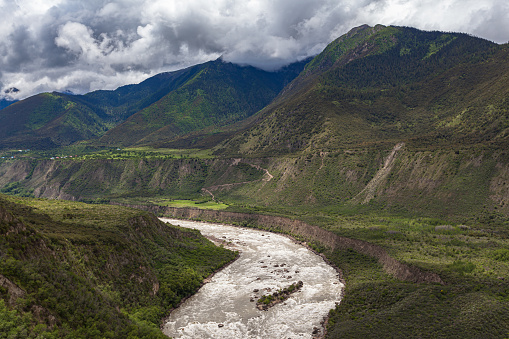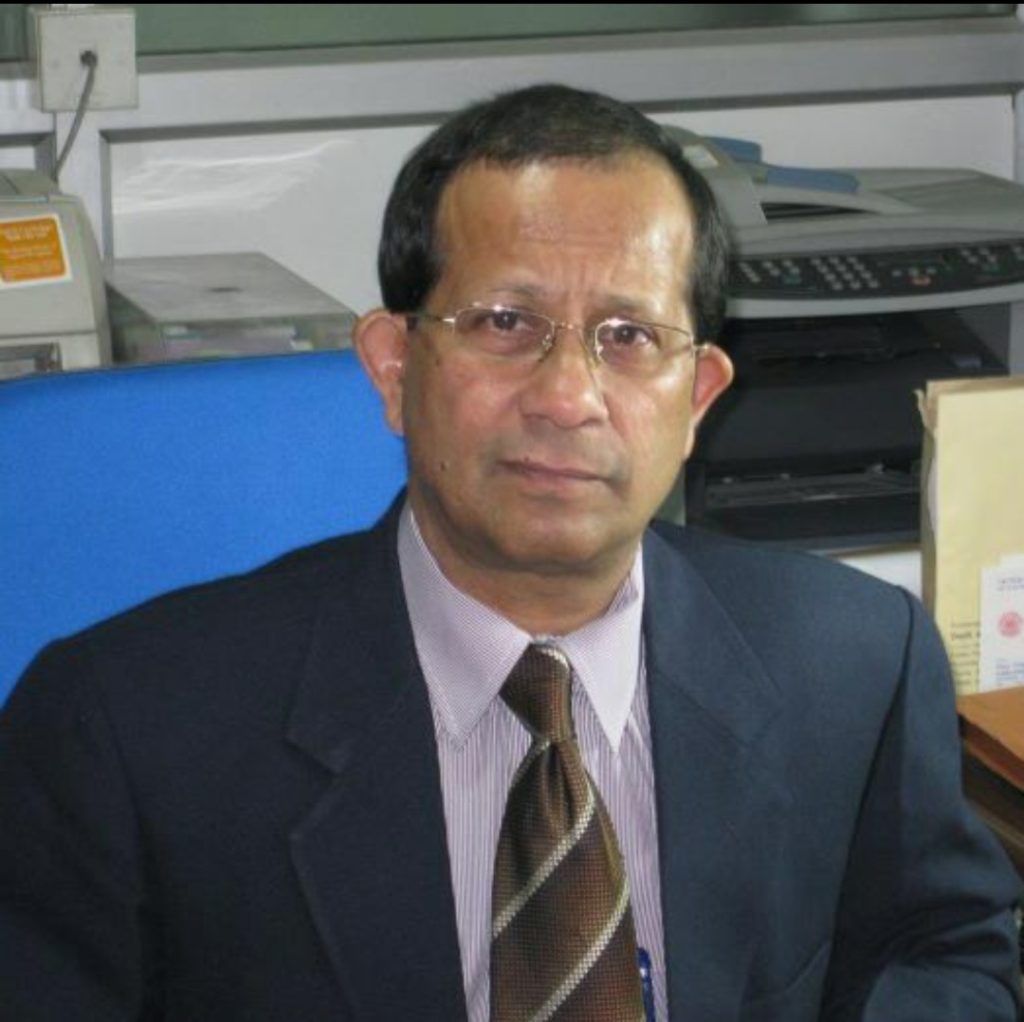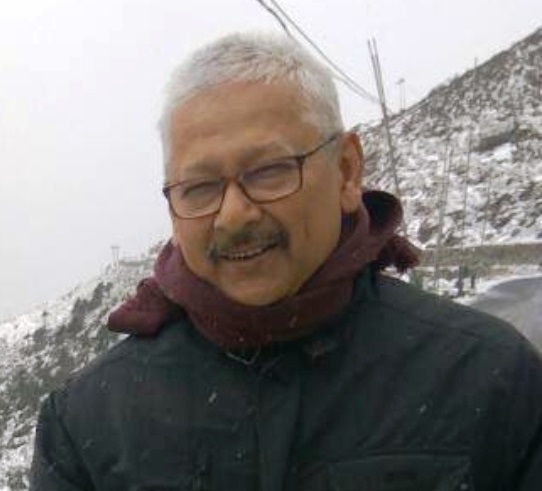
Dam Dilemma: ‘China Doesn’t Give A Damn About Neighbours’ Concerns’
China’s announcement about building a ‘super dam’ on Yarlung Tsangpo (Brahmaputra) in Tibet has triggered concerns in the downstream areas, including India’s Northeast. TNE speaks to experts to understand the potential threats to this region from this high-handed move.
Bitopan Deka
Dr. Nayan Sharma
Adjunct professor at IIT Roorkee, Visiting professor at Shiv Nadar University and chief advisor of Innovante Water Solutions Private Limited

The Zangmu dam was already built by 2014 and it is only 2 metres shorter than the Subansiri hydropower project. However, the Subansiri dam is supposed to produce 2,000 MW and Zangmu would only produce 500 MW. On the Yarnlung Tsangpo (as the Brahmaputra is known in Tibet), in the vicinity of the gorge of the Great Bend near the highest mountain of Eastern Tibet Namche Barwa at 7,760 metres, China’s hydro engineers calculate that two great hydropower projects could be built, notably at Metok (Motuo) with 38,000 megawatt generating capacity, more than double that of Three Gorges Dam with 18,600 MW and Daduo, which would generate even more as per the estimate of 43,800 MW.
The Chinese had firmed up the plan much earlier for these projects. Across the 200 kilometres bend, there’s a huge mountain range about 7.7 kilometers in height. So they plan to build a tunnel through it towards the upstream side. Both involve diverting water from the river through a man-made short-cut tunnel that avoids much of the great bend, sending huge volumes of water straight across from intercept points where the river is just below 3000 metres rushing down to rejoin the river on the far side of the bend at an even greater drop. This makes the maximum use of a drop of more than 2 kilometres to drive enormous turbines for producing electricity on a scale that dwarfs even the world’s largest power plant Three Gorges Dam.

Claude Arpi
Author, historian and Tibetologist
The Yarlung Tsangpo’s gorge is highly seismic. Most geologists agree that the area is prone to earthquakes. The South China Morning Post quoted Yang Yong, a Chinese geologist as saying, “Huge mountains suddenly surged from a piece of flat land, forming two almost vertical walls to the horizon,” adding the canyon “is fresh evidence of violent geological movement. I cannot imagine a more dangerous spot to build dams.” China has never consulted lower riparian states before undertaking dam constructions upstream, though it is considered as a transborder water issue. As IDSA scholar P Stobdan puts it, “ No downstream country has any legal arrangements or provisions of international law to deal with China’s river manipulation. China has refused to join the Mekong River Commission and has also not ratified the UN Convention on Non-Navigable Use of International Watercourses (1997).”
One can understand what is going to happen to India and Bangladesh (whether it is a diversion or simply a string of dams) when one looks at the fate of the Mekong. The 4,350 km river has its source on the Tibetan plateau. It flows downstream to the Yunnan province of China, Myanmar, Laos, Thailand, Cambodia and Vietnam. Chinese experts assert that Tibet contributes only 20 % to the Mekong’s waters and the remaining 80 % is fed from water sources in downstream countries. During recent months, a severe draught has been experienced in Yunnan province of China and the Indo-Chinese peninsula. The rationale to divert the waters of the Yarlung Tsangpo is more compelling as ever. Many believe that it is only a question of time and one day China will have to go for it in order to survive. It is as serious as this. For many months, the fact that China was building a dam in Zangmu was known and photos were circulating on the Net. Why did Delhi take up the matter with Beijing so late? It remains a mystery. Probably to not hurt the Chinese ‘sensitivities’.
(Excerpted with permission from https://claudearpi.blogspot.com/2010/05/dams-on-brahmaputra.html)
Bertil Lintner
Journalist, Author and Commentator on Asian Politics & History

It’s typical of Chinese behaviour towards its neighbours. They dam rivers without any consideration of the interests of their neighbours. That is a huge problem in the Mekong river basin, where the Chinese have built a cascade of dams on their side of the border resulting in water shortages – or floods – downstream. When completed, this could include as many as 14 hydroelectric power stations on its territory before the river flows south and forms the border between Laos and Myanmar.
Downstream countries have aired complaints about Mekong’s impeded flow. Vietnam had gone through its worst drought in 90 years in 2016 and it had blamed the disaster in part on the parching impact of China’s upstream dams. Similar concerns have been raised in Laos, where water levels on the Mekong fluctuate widely when China opens and closes its dams. Sometimes, Mekong is completely dried up around Laos’ capital city. But with China controlling the flow of water and development funds, there is very little the downstream countries can do apart from cooperate with Beijing’s ambitions and designs.

Dhrubajyoti Borgohain
Retired chief engineer of Brahmaputra Board
The length of the Great Bend will get shortened to about 40-50 kilometers as a result of these hydropower projects. From the tunnel the water from Yarlung Tsangpo will reach Metok in Tibet with a significant drop of about 2.5 km. This may divert the Brahmaputra river which would be disastrous for India, Bangladesh and to some extent Bhutan. Then, there is the possibility of the sudden release of a large quantity of water that could disrupt communication for the movement of troops and supplies and cause immense damage to low lying areas on the Indian side. But much would depend upon n the type of dam that will be built.
A storage dam at the starting point of the Great Bend would be not only beneficial for China to realize the full potential of the river in the lower Tsangpo reach, but also for keeping an option to weaponize the project. Our primary fear is the diversion of the Brahmaputra water away from flowing into India. As it appears in the news, in case the primary objective of China is the production of hydroelectricity then there is no fear of diversion of Brahmaputra flow. To produce electricity, the water would have to fall from a higher to a lower level for which it will have to flow towards India. To minimize the damage whether due to unequal release during a day or due to sudden release of water, we on the Indian side have to construct a large reservoir on the Siang river with sufficient storage to regulate its flow. A proposal for a large reservoir on the Siang river to control flood in the Brahmaputra valley was earlier prepared by Brahmaputra Board. There is a need to revive the project or an alternative of a similar nature on Siang to tackle these issues.
